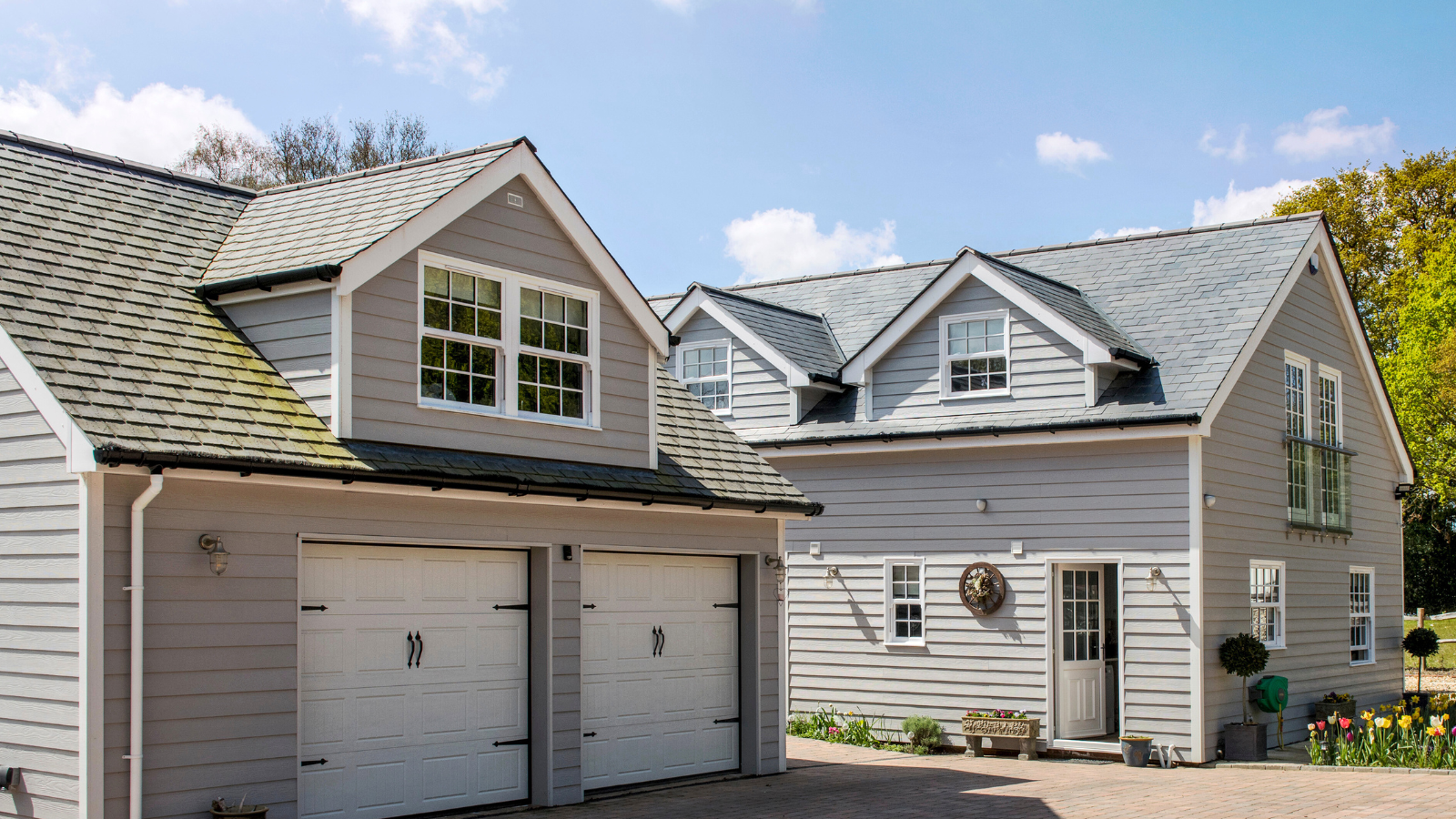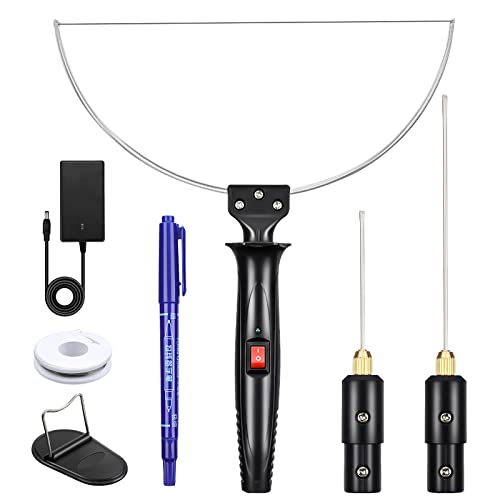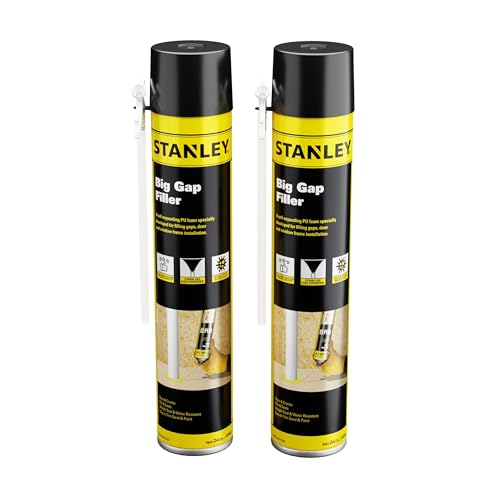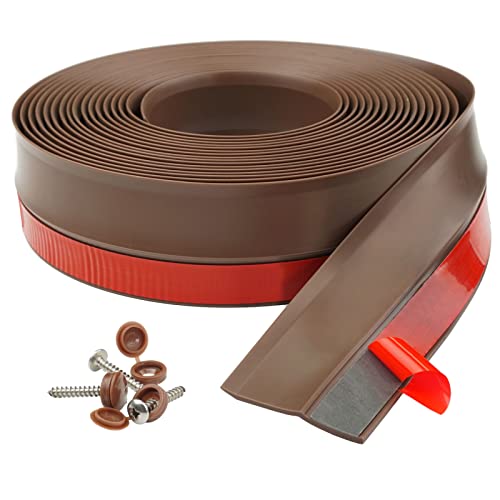
When we think of insulating a house, we probably think more of our attics than we do our garages. Unless you have converted yours into a hideout or home gym, very few of us spend much time in garages, after all.
However, there are several benefits to insulating a garage door and winterizing your garage like a pro, contractors say.
From keeping storage safe to protecting cars, these are the best two ways to insulate a garage door and why it can have such a profound impact on your home.
The benefits of insulating a garage door
While it certainly helps to keep your garage warm in winter, insulating your garage door can can also keep your garage cool in hot weather, keeping important storage at a constant temperature to avoid damage while also helping to regulate the temperature inside your home as hot and cold air doesn't leak in.
This begs the question of how to insulate a garage door so that it can still be opened and closed easily. Matthew Coates, residential architect and owner of Bainbridge Island Architect says the trick is to pick something lightweight, but with a high ‘R’ value. This is the measurement of how well a material blocks heat transfer, keeping heat in or out as needed, depending on the time of year.
‘The higher the R-value, the better, since that’s what keeps the heat (or cold) out,' Matthews explains. ‘By far the best solution is to buy a garage door that has already insulated panels instead of trying to do it after the fact, but you can retrofit if you are looking to cut costs.’
Step 1: Layer with polyurethane

If you don't want to consider garage door replacement costs, polyurethane is a good option. Affordable and lightweight, Mike Miller, owner of ProLift Garage Doors explains, ‘The best material to insulate a garage door is Polyurethane followed by Polystyrene. For maximum benefit, a three-part door, meaning metal on the front and back, with insulation in between, is the optimum solution.’
WG Hickman, owner of Tri-County Air Service agrees. He says, ‘After experimenting with various popular insulating materials, I say the best material for insulating a garage door is NGX insulation produced by Owens Corning [available at Amazon]. NGX insulation boards with an R-value of 7.5 are the best choice, as a lower R-value might not be effective at keeping heat inside the garage, and boards with a higher R-value might be too heavy for the door's mechanisms.’
Using these boards, insulating a garage door is a DIY project you can often tackle yourself.
‘The best way to insulate your garage door is to cut the insulation board according to the size of door panels, and please ensure that you measure every panel before making cuts as they often have different sizes,’ he warns. ‘Use a sharp blade and a T-square or straight edge for perfect-fit cuts, apply spray foam above and below each door panel to get a snug fit and prevent air leaks, and then secure the insulation cuts to the door panels.’
All prices correct at time of publication.

This Foam Cutting Tool is made of high quality stainless metal. With a 20W power output, the 7cm and 12cm cutting wand can reach 212° Fahrenheit in just five seconds.

Perfect for 90° and 45° marking, this adjustable combination square has a rust proof stainless steel blade and black precision-etched scales

Big Gap Filler is a user-friendly, self-expanding aerosol polyurethane foam that's eco-conscious, single-component, and comes with a straw adapter for convenient application, curing naturally and effectively while being environmentally responsible
Step 2: Seal gaps around the edges

With the door itself padded out, you should finish by sealing any gaps around the edges, reminds Kriss Swint, director of marketing communications and design lead at Westlake Royal Building Products. You can have the highest R-value insulator, but if cold air is blowing beneath the door it is rather pointless.
‘Installing or replacing trim around the garage door is an easy, effective, and visually appealing maintenance task to lower your energy bills and seal cracks and gaps,’ Kriss says. ‘PVC trim remains a top choice for exteriors because of its easy upkeep, resilience, design versatility and cost-effectiveness.’

Garage door seals can stop cold air, dust, leaves and moisture from blowing in from the top and sides of the garage door, keeping your garage warm in winter and cool in summer, saving energy.
Insulating a garage door is a quick task that is sure to keep your storage ideas safe from fluctuating temperatures. Kriss Swint of Westlake Royal Building Products adds, ‘For those looking for a larger upgrade, new garage doors typically come with energy-efficient features, more robust insulation, and improved weather sealing technology, especially when paired with updated trim. A garage door replacement also provides a 193% return on investment on average as they help to cut energy bills.’







